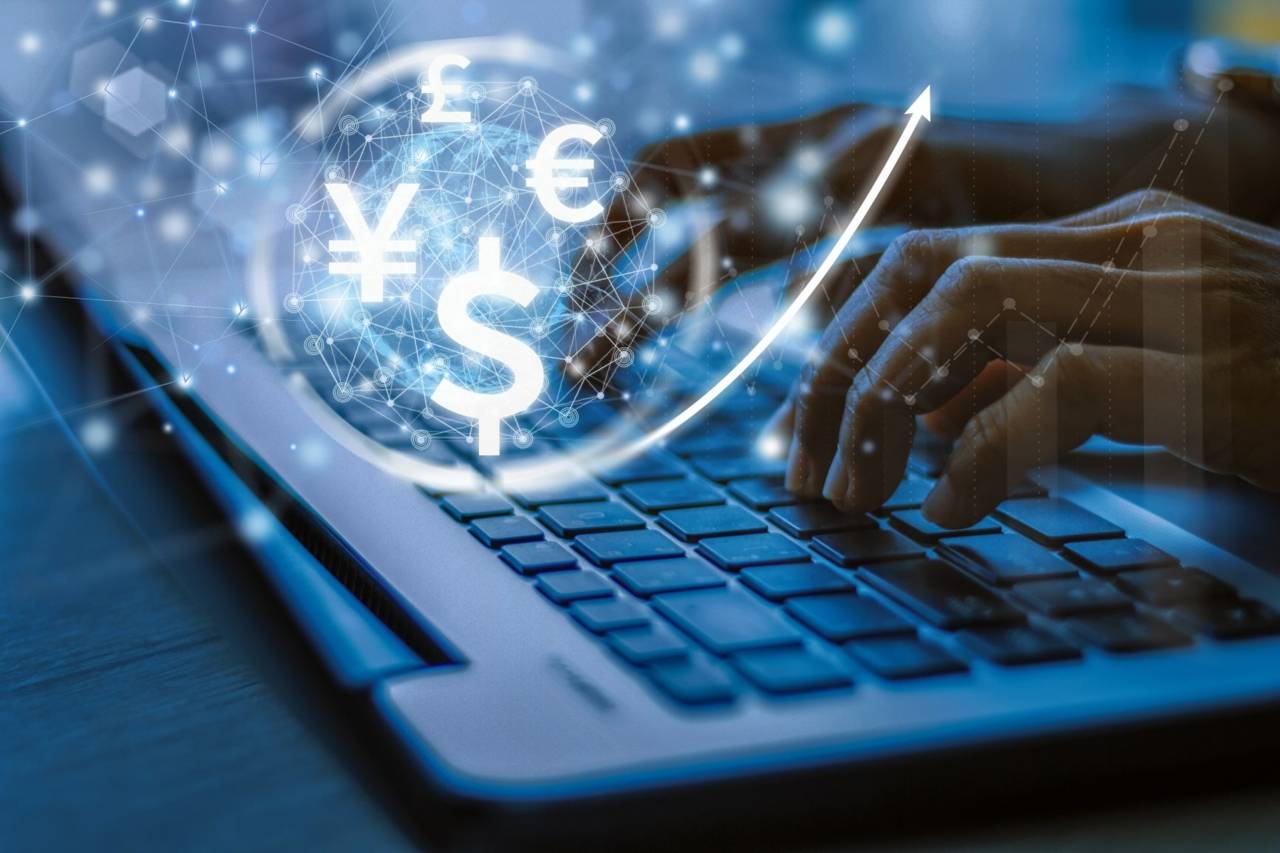Why it Pays to Have a Modern DXP

Don’t let the complexities of B2B pricing and payment terms deter you from automating your workflows. A DXP will orchestrate that for you.
B2B pricing is complex
Buying means paying, and online retailers have strived to make this part of the customer journey almost completely painless. Online payment solutions such as Klarna even make you forget you are paying, because you place the order with one convenient click without anyone asking you for money – not for the next two weeks anyway.
B2B companies also want to offer frictionless payments to their customers but compared with B2C online retail, their payment landscape is very fragmented. Just a third of global B2B payments are processed electronically; for B2C, the share is two-thirds[1].
There are many reasons for this lag. B2B pricing is more complex, and the value of each transaction is a lot higher. The latter explains why instant payments, routine in B2C, are gaining limited traction in B2B where they are expected to account for just 6.3%[2] of global spend by 2022.
What complicates the picture even further are the different payment terms across customers, industry verticals, and markets. These variations[3] can be surprising. By industry, average payment terms range from 42 days for the chemicals sector to 21 for construction materials. At a country level, the average term for payment of a B2B invoice is 22 days in Germany, but 48 in Spain.
The need to create frictionless experiences
Paradoxically, this complexity makes the price itself somewhat less of a consideration. B2B professionals buy for a living, and the time they spend purchasing a product is part of the total cost. Or to put it another way, if you offer your customers a seamless experience, you will be competitive without necessarily competing on price.
For a Digital Experience Platform (DXP) to create that frictionless, end-to-end experience, it must make it simple for B2B companies to personalize prices and payment terms for different customers or types of customers (wholesalers, resellers, distributors, D2C i.e., end-users) across every sales channel. This is not for the faint-hearted and requires integrations with the ERP (where pricing is calculated) and the CRM (where order histories and terms are usually saved) as part of an e-commerce system that is native to the platform.
Just as you expect your DXP to localize content effortlessly across all your markets, you need it to adapt easily to the cultures of payment and taxation in each market. These cultures can be remarkably divergent, even in the “aligned” economies of Western Europe.
Why your DXP needs to be adaptable
A recent piece of research by Deutsche Bank[4] highlights some of that divergence. The penetration of B2B e-commerce and digital payments are patchy across the major European markets. During the six months up to January 2021 (when Deutsche Bank carried out its survey), only 7% of B2B companies in Italy used a paper cheque for payment. In France, this figure was 59%.
Asked why they still used cheques to settle invoices, 16% of B2B companies cited this was necessary to pay trade suppliers. However, the largest single reason was inertia (24%).
Overwhelmed by the complexity of B2B pricing and payments, and comfortable in a status quo that they know is inefficient, many B2B companies are slow to digitalize their payment and accounts workflows.
For exporters, different VAT regimes[5] are further barriers — something that affects online retailers as well of course. For example, in Poland, VAT on children’s car seats is 8%; in Denmark, it is 25%. A B2B example is the VAT rate on timber for industrial use, for which there are as many as 10 different VAT tariffs across the EU[6], with Romania levying 19%, France 20%, Belgium 21%, Sweden 25% and so on.
Perhaps more fundamentally, countries take a different approach to how electronic invoicing is regulated. Italy, for instance, follows the so-called clearance model where invoices cannot be issued directly between seller and buyer but must pass through a government server first to allow for real-time transaction monitoring.
Most other EU member states follow the post-audit approach where invoices are exchanged directly, and tax authorities verify transactions after their completion. The way transactions are reported is not subject to EU regulation (and is therefore another source of complexity) but SAF-T tax compliance software, first adopted in Portugal, is fast gaining traction.
Why your DXP must be a single source of truth
This blog post is just a snapshot of what B2B companies have to confront if they want to create a smooth payment experience. To tame this staggering complexity and harmonize it with the other workflows that determine “the feel-good factor” of the customer interaction, companies need a DXP that is both flexible and powerful. To help them explore new sales channels and new business models, they need a DXP that is extensible and future-proof.
One such model is D2C. Even before COVID-19, traditional B2B businesses were looking to bypass their wholesalers and reach some end customers directly. The D2C business model accentuates the need for reconciliation and collection technologies that can handle large volumes of small payments (rather than larger B2B payments). Integration with the ERP extends payment functionality directly into the system of record, helping companies to automate invoicing and reconciliation.
Payment and invoicing are parts of complex business processes that includes inventory management, customer information, product details, and order management that has to sync with your brand message and speak with one voice in every sales channel and on any device. Your DXP will help you orchestrate and handle these complexities to create seamless experiences.
If you want to discover how the Ibexa DXP synchronizes content, e-commerce and personalization to create a 360° customer experience from exploration, choice, negotiation through to payment and fulfilment, do get in touch.
[1] https://www.llrpartners.com/growth-bit/fintech-trends-2019-b2b-payments/
[3] For all figures in this paragraph: https://atradius.co.uk/reports/publicationspayment-practices-barometer-western-europe-2019.html
[4] The Future of Payment, Series 2. Deutsche Bank Research, January 2021
[5] VAT rates applied in the Member States of the European Union
[6] VAT rates applied in the Member States of the European Union
Considerations for Creating Rich Customer Experiences
DXP eBook
If you are struggling with your B2B digital transformation efforts, why not reach out to us to discuss your project. Feel free to download and read Ibexa's eBook on Digital Experience Platforms and the four considerations for creating exceptional customer experiences.

